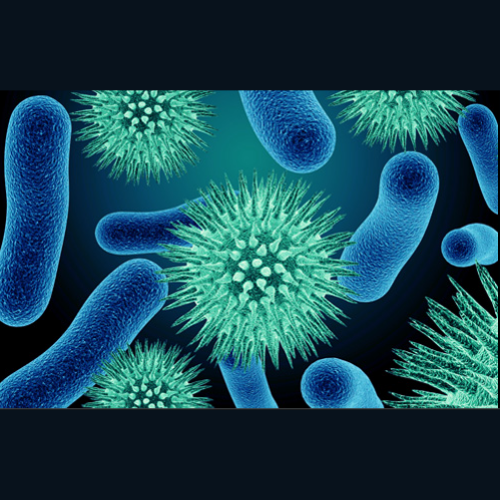Water, as essential for life as it is, is the most important yet overlooked source of nosocomial pathogens in hospitals. An article published in Infection Control Today (ICT) on September 11th 2014 reveals how hospitals can manage the risk of Waterborne Bacteria. Here are a few summarized studies that will reveal the importance of preventing waterborne HAIs:
- In 2001, a study found that 74% of taps without temperature selection were contaminated with Pseudomonas Aeruginosa.
- In 2005, a study found that 42% of the patients infected with P. Aeruginosa found the source of infection to faucets.
- In 2013, a study found Klebsiella infection from aspiration tubes… because it was rinsed in tap water.
In addition to studies, real life cases were also reported, which lead to unfortunate events. In 2008, Toronto’s General Hospital had an outbreak of P. Aeruginosa. Out of the 36 patients who were infected, nearly half of the patients (17) died. The bacterial outbreak directly caused or contributed to the death of 71% (12) of those patients. The source of the outbreak was traced to hand hygiene sink drains, where biofilm containing viable organisms was found.
Another case, at Mt. Sinai’s Hospital: 66 patients acquired Extended-spectrum β-lactamase. They traced the source to the hand washing sinks in the Intensive Care Units.


